When to go to Japan?
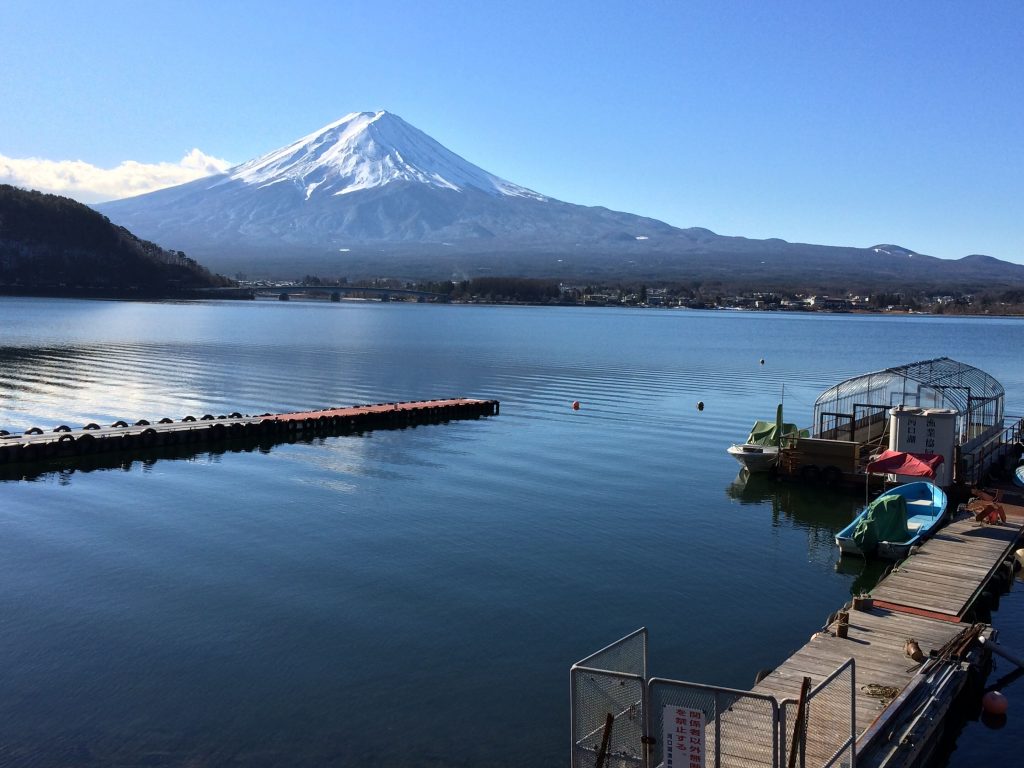
If you are not sure when exactly is the best time to plan that once in a lifetime trip to Japan, then the following article should help you pick the perfect period. For those who just want to push ahead to spoilers, check out the end of the page. For those with specific goals in mind, there is a ‘but what about?’ article that will help point you in the right direction.
How hot is Japan? How cold?
If you want details on the standard five seasons in Japan, read the Wikipedia page (or here for the full list of 72 ancient seasons). To cut a long story short, do not go to Japan in the summer months of July and August, unless you want to walk about covered in sweat, constantly on the lookout for the nearest location with an air conditioner. Once the lows stick above 20°C things start to get uncomfortable. Cold in Japan depends on how far north you go. But in general, there is no snow in the main cities apart from in the northern areas.
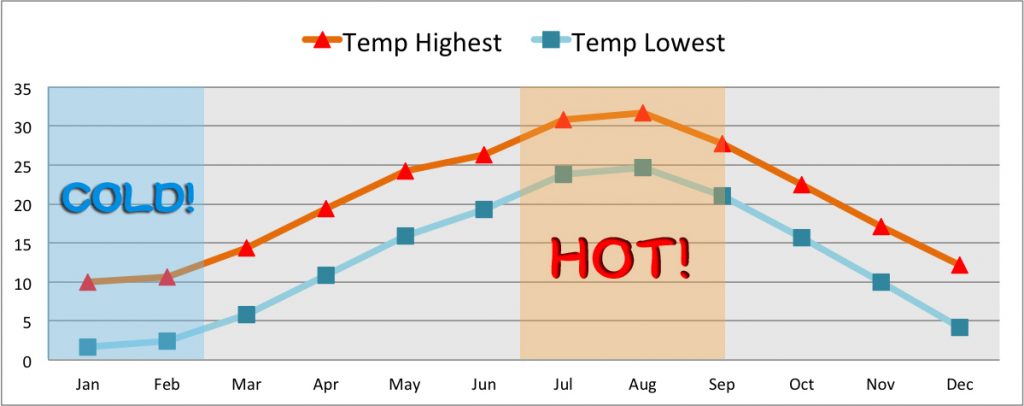
Rainy season?
Japan has a rainy season, which should also be taken into consideration. The rainy season can be hot, but generally it is workable. It is not like rainy seasons in more southern countries, where it pours down every day around late afternoon. Rainy season in Japan tends to be more sustained downpours with a general cloudiness. Some years there isn’t much rain at all. Avoid the end of June and beginning of July!
Typhoons?
Japan does get hit by Category 1 typhoons from time to time; however, direct hits are usually not deadly and pass over in a day at most. The next day is almost always blue skies! Don’t worry too much about them, as there is always 5-6 days’ warning to adjust plans. If there is a direct hit, it is usually towards the western end of Japan. Tokyo is rarely affected directly.
Ignore the rainfall counts for September and October, as these are from typhoons that dump their rain all in one day. Rainfall outside of typhoons is low and sunshine hours are high. When Japan does not recommend you avoid Japan during the typhoon period – just have a backup plan in case one strikes. Check the weather alerts daily as Japan always gets at least 5 days warning.
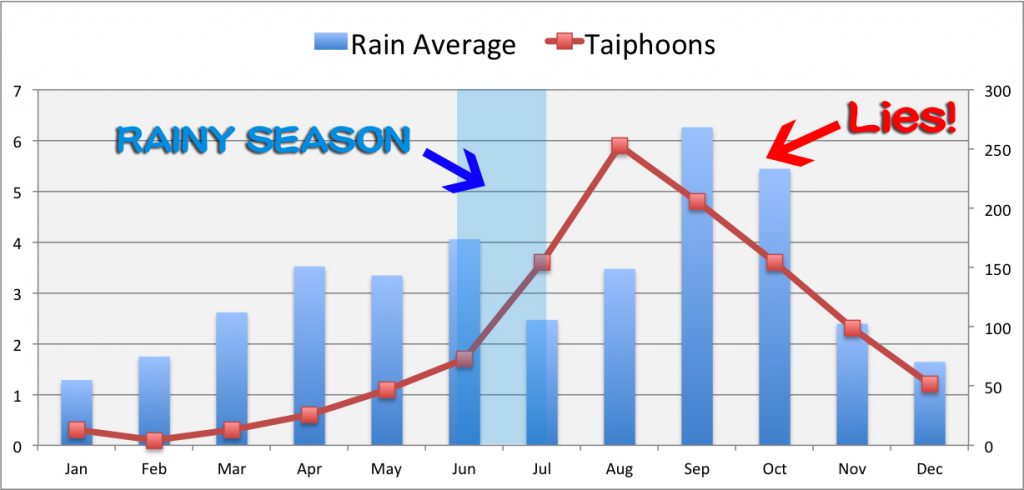
Tourists – how to avoid them?
Tourist numbers have been increasing dramatically over the last 10 years. If you had planned that trip to Japan back in the early 2000s, the place would have been yours for the taking. However, now there are significant numbers of Chinese, Taiwanese and Korean tourists at the most popular locations.
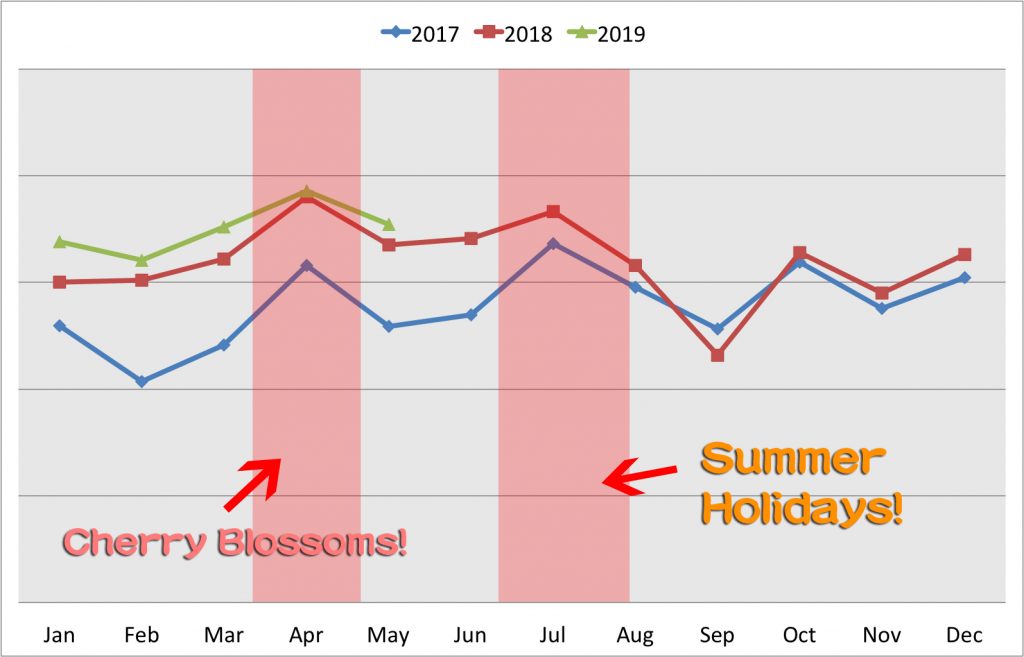
Avoid the cherry blossom season in late March to early April, as not only are you battling other tourists, but also Japanese people themselves. You don’t need to ruin your vacation through overcrowding and expense just to photograph some trees, so best give it a miss. Of course, they can be stunning, but Japan is more than cherry blossoms. You can always head up north where the blossoms are later and viewing spots less crowded.
Obviously avoid the summer time, if only due to the heat as mentioned before. Asian tourists coming to Japan in the summer remain at fairly high levels, possibility due to the fact that everywhere in Asia is hot, so choices are limited weather wise. Why suffer the summer heat at home in the office when you can travel Japan?
Flights and hotels?
Prices for flights and hotels will depend on the season and number of tourists; however, there are a few local holidays to avoid, unless you want to pay premium hotel rates.
Japanese people tend to extend public holidays with paid vacation, allowing them to take 3-5 day trips (or spend time at home). The three major ones are New Year’s, the beginning of May holiday called Golden Week, and the Obon Festival holidays in Mid-August. Hotels and flights will be hideously expensive at these times. Apart from the obvious busy period for the cherry blossoms, the local people also love looking at the Japanese maples’ red leaves during the fall season. This period will leave most hotels in popular ‘fall leaf’ spots like Kyoto fully booked out months in advance.
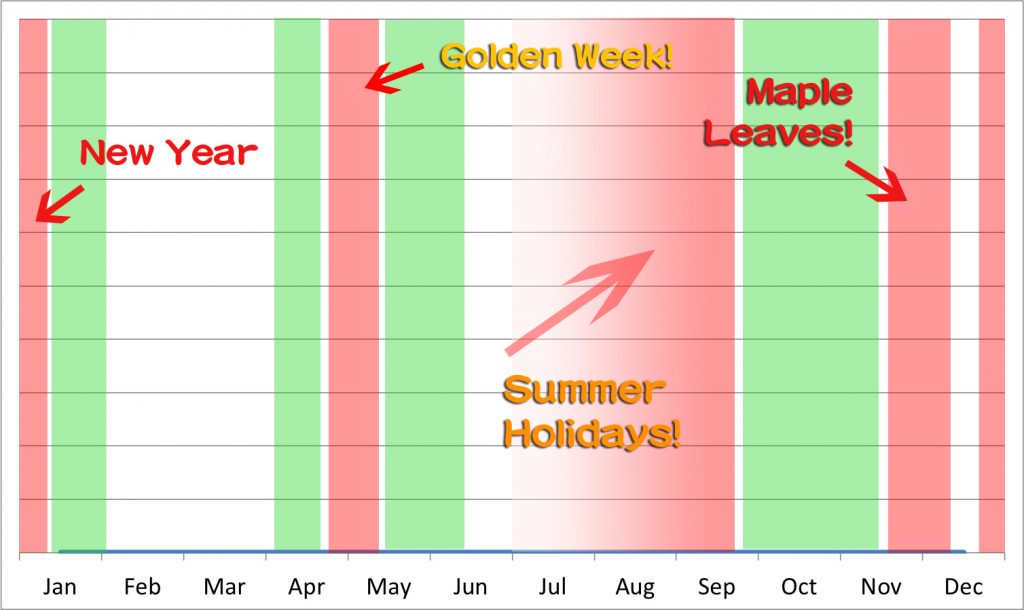
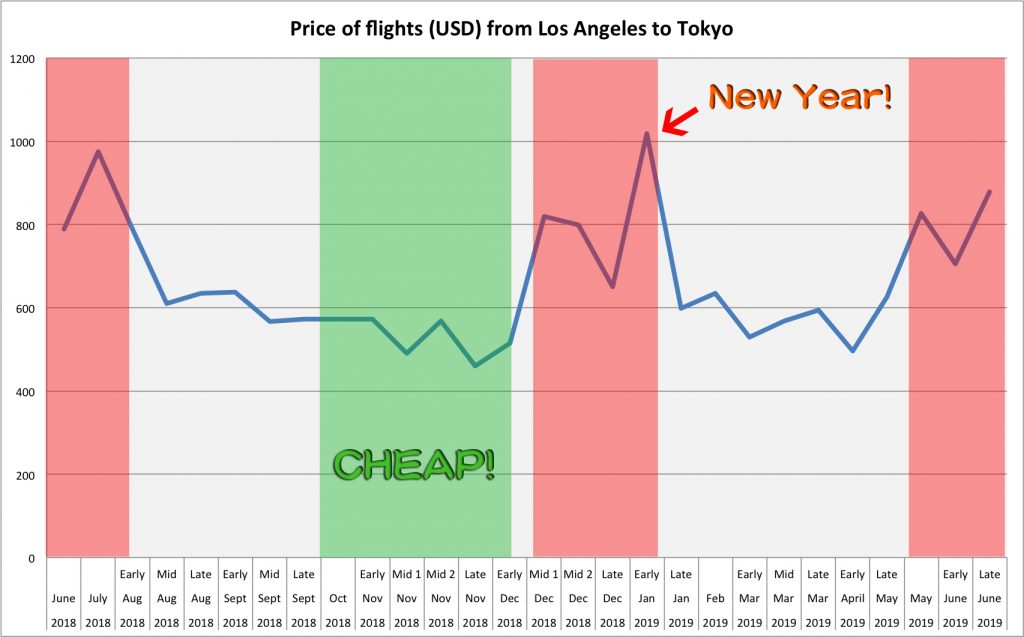
Hotels and flights are cheapest in October and November. If you are taking the advice in this article to heart, summertime is already crossed off your list. The May holidays extend the cherry blossom tourist boom by switching out foreign guests for Japanese locals. Best to give it a miss!
So when is the best time to go to Japan?
You skipped ahead? Shame on you.
The best time is November! Flights and hotels are cheap and tourists are at a minimum. Typhoon risk is minimal but the temperatures are still pleasant. There are no major holidays and the fall leaves pilgrimage that many Japanese people make doesn’t take place until late November. You will also get to see Mt Fuji correctly1 snow-capped by November (snow starts accumulating at the very end of October). If you don’t believe When Japan then check this excellent weather summary site for backup evidence. They recommend October (as it can get a bit cold during the evening for some people), but seeing Mount Fuji with snow and the chance to see the fall leaves further north tips our recommendation to November.
(1) Mount Fuji “correctly” snow capped
“Correctly snow capped” is an odd turn of phrase, is it not? Why correctly, you may ask? The answer will take you down a winding path of historical and cultural significance spanning centuries of tradition as one of worlds most iconic mountains. However, in short, it looks better with the snow on top, so that is what you see in all the tourist propaganda. Snow-less Mount Fuji is quite, quite boring.
While on the subject of Mount Fuji, you can’t climb it outside of the official climbing season, which is usually over July and August (no one will stop you outside of those times, but death is fairly certain due to the treacherous conditions).
So When Japan recommends you book your once in a lifetime Japan vacation in late October (if you want a bit more warmth early October can be very pleasant unless you travel further north of Tokyo) or early November if you like it cooler (a jacket in the evening is a must).